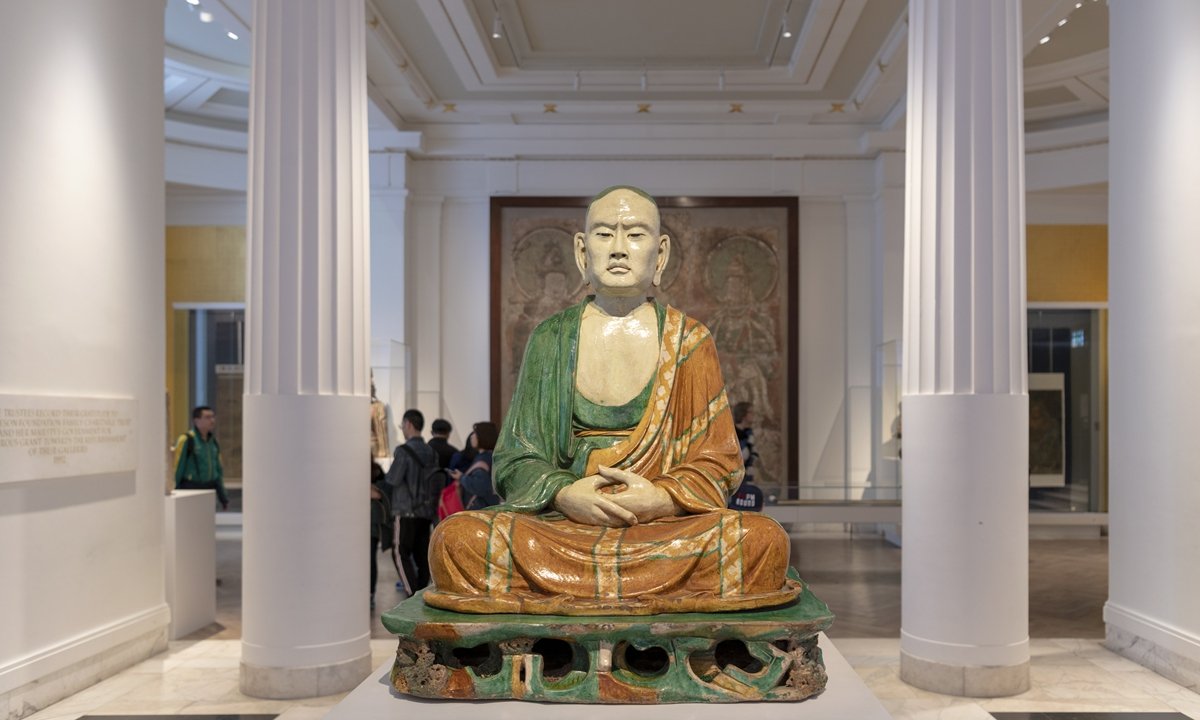China recently lauded the efforts of Swiss cultural authorities for the repatriation of five lost Chinese cultural relics, an act described by Chinese Foreign Ministry Spokesperson Wang Wenbin as a “successful practice in cultural heritage protection cooperation” between the two countries. Wang emphasized that this gesture contributes to deepening mutual understanding and friendship between the two nations, and sets a positive example for combating cultural relics smuggling, ensuring the safety of cultural relics, and expanding inter-governmental cooperation globally.
The announcement came as a scandal implicating the UK’s top art and historical artifact institutions continued to unfold, with approximately 2,000 items from the British Museum‘s collection currently unaccounted for. This revelation has reignited public debate in China and led to a surge in calls for the British Museum to return looted relics, a sentiment shared by other countries such as Nigeria, Greece, and Egypt. Social media platforms in China have been buzzing with discussions on the topic, with a hashtag translating to “British Museum must return Chinese cultural relics for free” garnering over 1 billion views on Sina Weibo.
The scandal has also undermined a common defense for keeping looted artifacts in the British Museum – that they are “better protected” there than in their countries of origin. Recent evidence of management loopholes and negligence at the institution has debunked this claim, with netizens sharing video evidence of such shortcomings.
The controversy over the ownership of Chinese artifacts in the British Museum’s collection is not new. It includes a catalog of 23,000 items from China, some of which are believed to have been looted since the latter half of the 19th century. Cultural expert Lu Xinran highlighted several historical events that marked significant losses of Chinese cultural relics, including the looting of the Old Summer Palace in Beijing by British and French allied forces, the destruction of the Mogao Grottoes in Dunhuang, and the loss of the oracles.
Notable items in the British Museum’s collection include the reproduction of the Admonitions of the Instructress to the Court Ladies, attributed to Gu Kaizhi, and the Percival David Collection of porcelain vases from the Qing Dynasty. Critics argue that some of these pieces were likely acquired through dubious or illegal means.
The growing trend of calling for the repatriation of cultural relics is not limited to the UK, but extends globally as nations reconsider the ethics of cultural property and historical accountability. Multiple nations have staged protests demanding the return of their national treasures. According to UNESCO, as of 2006, around 1.64 million Chinese cultural relics were lost, collected by 47 museums worldwide, with the British Museum being the largest collector.
The recent theft scandal at the British Museum, which some British media outlets have termed a “national embarrassment,” has led to increased pressure on the institution to return looted artifacts, not only from China but from other nations as well. As one volunteer at the British Museum stated, there is no reason why the museum should not return the relics, as they are part of the original countries’ national treasure.
READ MORE:
